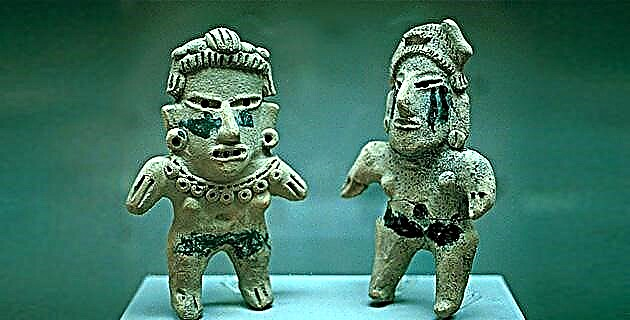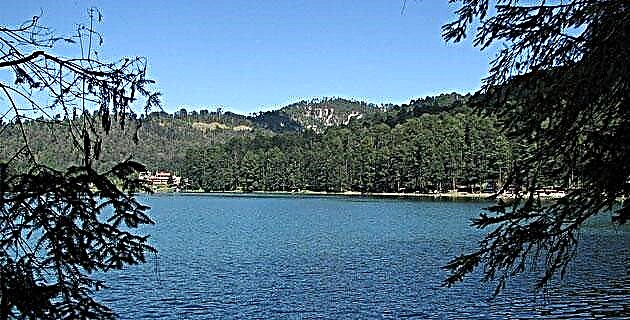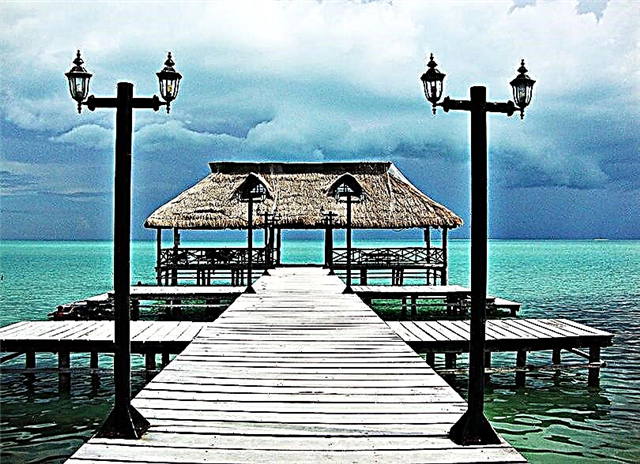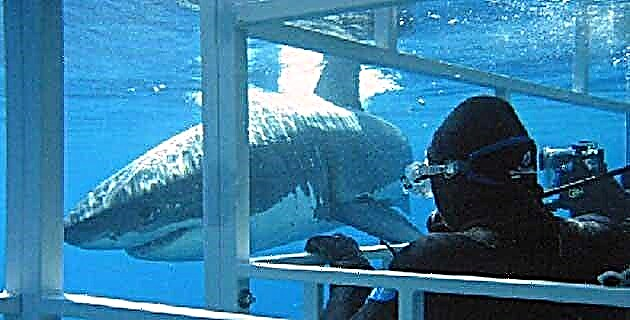
Live the experience of diving with one of the most impressive species on the planet: the white shark, which arrives several months a year on Guadalupe Island, in Mexico.
We organize an expedition to Guadalupe Island with the aim of having a close encounter with this impressive shark. On the boat they welcomed us with some margaritas and showed us our cabin. The first day was spent sailing, while the crew explained the logistics of cage diving.
Upon reaching the island, at night we installed five cages: four at 2 meters deep and the fifth at 15 meters. They have the capacity to accommodate 14 divers at a time.
The great moment has arrived!
The next day, at 6:30 am, the cages were opened. We could no longer bear the desire to be in contact with the sharks. After waiting a bit, about 30 minutes, the first silhouette appeared lurking for the bait. Our emotion was indescribable. Suddenly, there were already three sharks circling, who would be the first to eat the appetizing tuna tail that hung from a small rope? The most powerful emerged from the depths with his gaze fixed on the prey and when he reached it, he opened his enormous jaw and in less than two seconds he devoured the bait. Seeing this we were amazed, we could not believe that he did not show the least interest towards us.
So were the next two days in which we had the opportunity to see more than 15 different specimens. We also observed hundreds of bottlenose dolphins who swam in front of the bow of an inflatable boat, while we took an alternate tour to see the elephant seals Y fur seals from Guadalupe
VIP treatment on board
As if that were not enough, our stay on the ship was first class, we had a Jacuzzi to warm up from the cold water between dives; drinks, snacks and excellent food such as Alaskan crab, salmon, pasta, fruits, desserts and the best wines from the Guadalupe Valley region.
During the expedition, we spoke with the science teacher Mauricio Hoyos, who told us about his research. He told us that the presence of the great White shark in Mexican waters it was considered rare or sporadic until a few years ago. However, there are some records of sightings in the Gulf of california, as well as in the islands of Cedros, San Benito and Guadalupe itself, the latter considered one of the most important congregation places in the Pacific and the world
Imposing wherever you see it
The White shark (Carcharodon carcharias) is characterized by its impressive size. It comes to measure from 4 to 7 meters and can weigh up to 2 tons. Its nose is conical, short and thick, where there are black spots called "lorenzini blisters", capable of perceiving the slightest electric field from several meters away. Its mouth is very large and it seems to be permanently smiling as it shows its large, triangular teeth. The nostrils are very narrow, while the eyes are small, circular, and completely black. On the sides, five gills are located on each side along with two large pectoral fins. Behind it has two small pelvic fins and its reproductive organ, followed by two small fins; on the tail, a powerful caudal fin and, finally, the unmistakable dorsal fin that we all know and that characterizes it
Despite its name, this shark is white only on the belly, while on the back its body has a bluish-gray hue. These colors are used to blend in with sunlight (in case of looking from below), or with dark sea waters (in case of doing it from above), constituting a camouflage as simple as it is effective.
When and why do they appear?
They visit the island only between the months of july and january. However, some return year after year and when they migrate they go to a specific area in the middle of the Pacific, and to places as far away as the Hawaiian Islands. Although well documented, movement patterns in the immediate vicinity of the island are unknown.
Recently, acoustic telemetry studies have become an essential tool for describing the movements and habitat use of sharks in different parts of the world, and this is why the Interdisciplinary Center for Marine Sciences, with science teacher Mauritius Hoyos at the head, has developed a project focused on studying the behavior of this species with the help of this tool. Thus, it has been possible to determine important distribution sites in the surroundings of Guadalupe Island, and marked differences have been found both in the diurnal and nocturnal behavior of individuals, as well as between the movement patterns of juvenile and adult specimens.
In addition to the above, biopsies have been taken from white sharks of the island to carry out genetic studies of the population, and also of its potential prey to elucidate, through stable isotope analysis, if they are preferentially feeding on any of these species in particular.
The island is home to Guadalupe fur seal and the elephant seal, which are a significant part of the diet of the great White shark. Thanks to the amount of fat they contain, it is presumed that they are the main reasons why the imposing predator frequently visits our seas.
Despite being one of the four species of sharks protected In Mexican waters, the most significant problem in developing definitive measures in favor of the great white shark is the lack of biological data. The main objective of the project is to continue with this research to provide essential information that will help, in the near future, to develop a specific management and conservation plan for this species in Mexico.
Contact diving with white shark
www.diveencounters.com.mx











